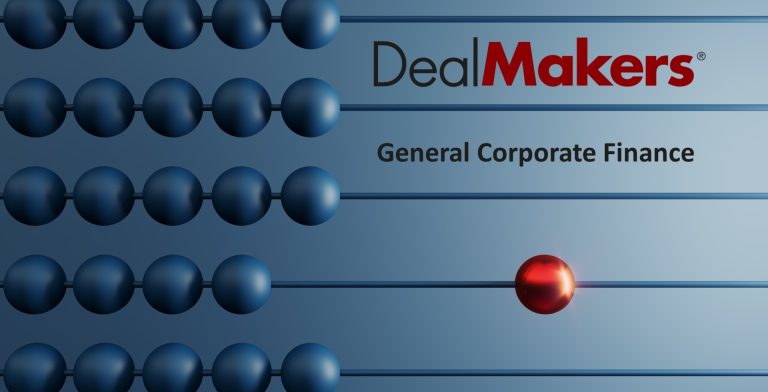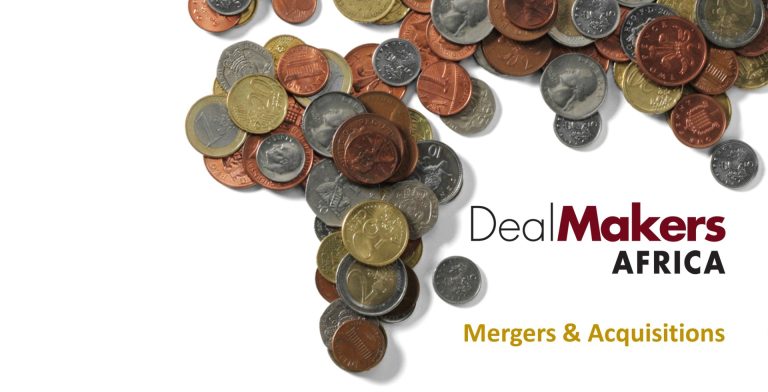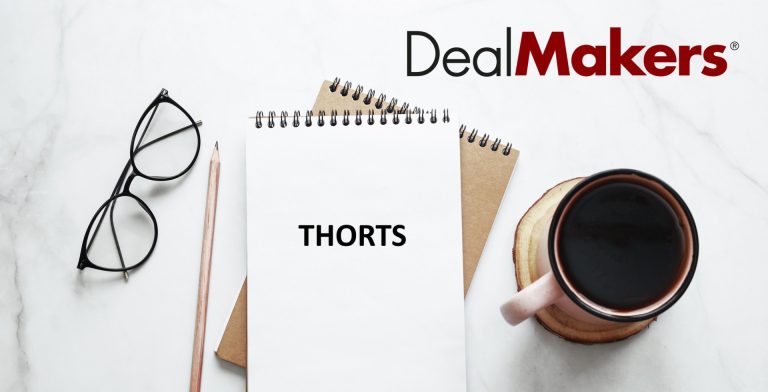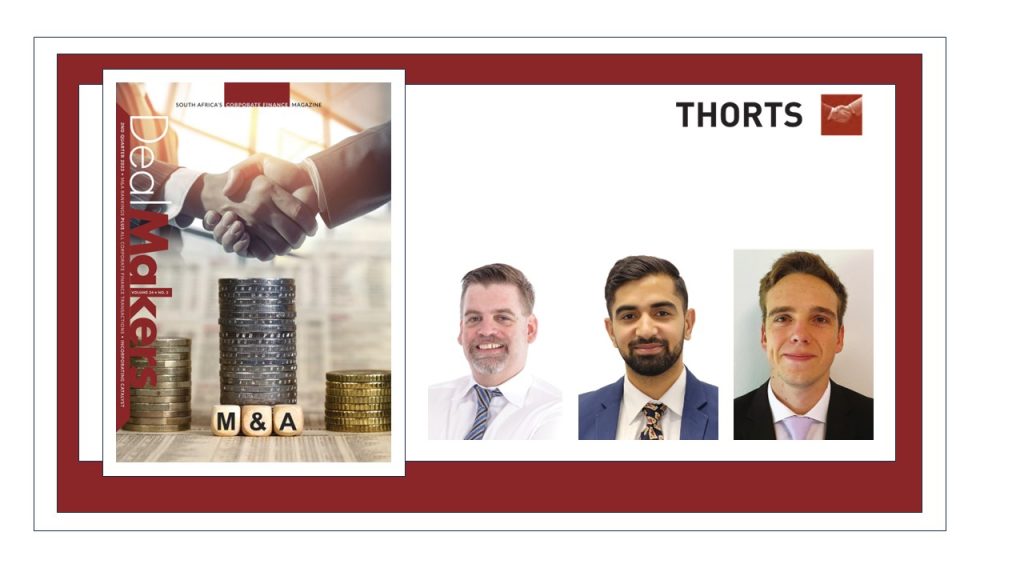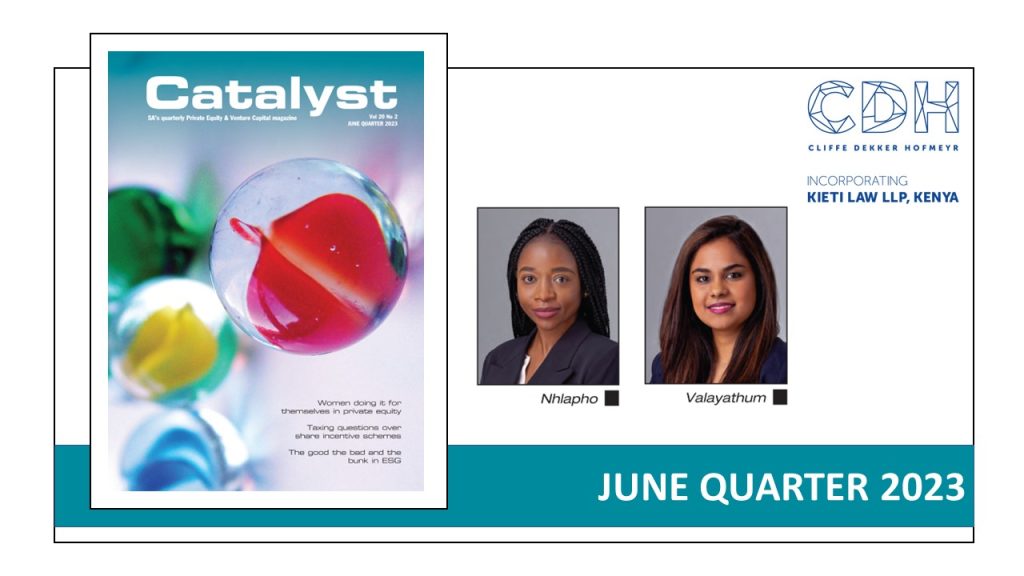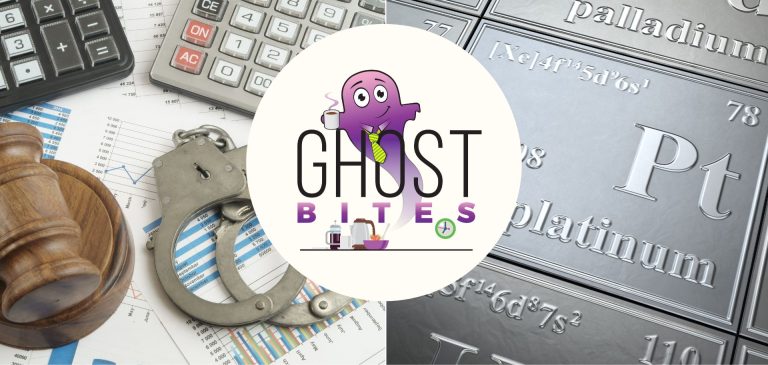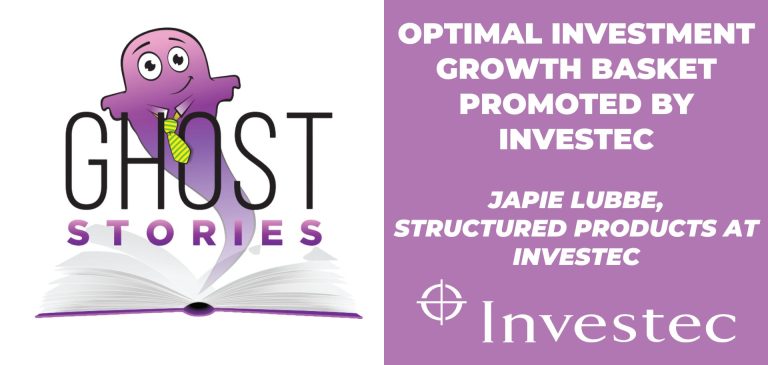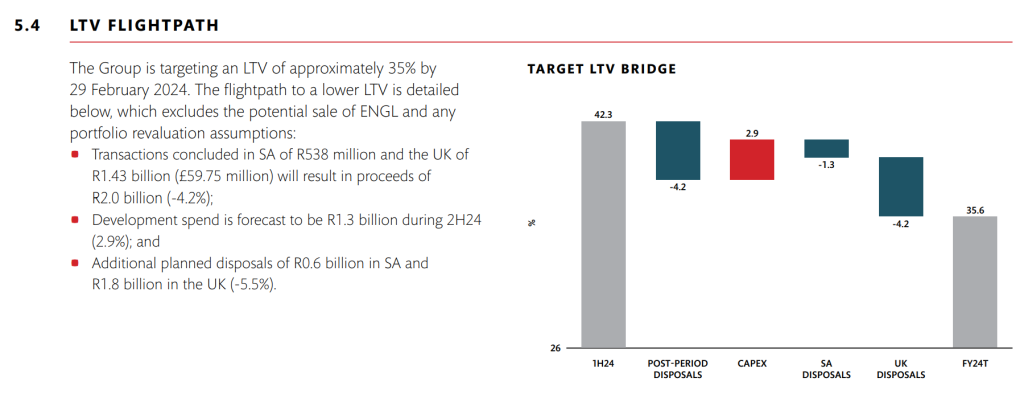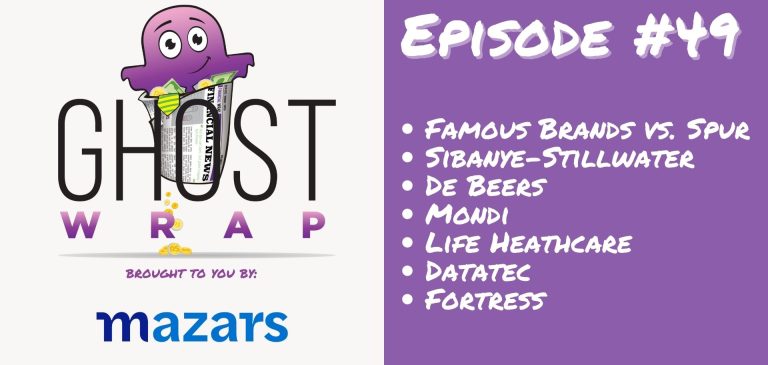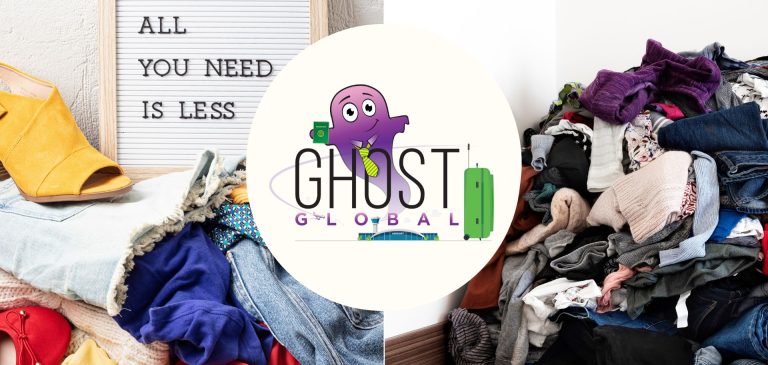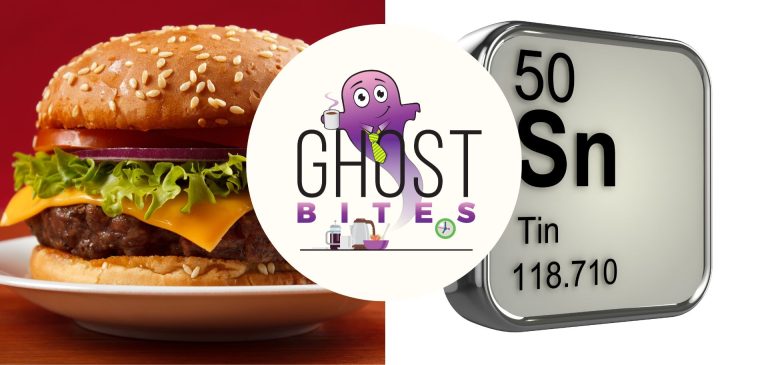Have you ever asked yourself why SHEIN is so cheap? Dominique Olivier loves clothes. She loves saving money. She doesn’t love arguably damaging business practices, with many questions being asked around the world about SHEIN.
SHEIN. Wish. Temu. Cider.
These days, you can barely open up Facebook without encountering endlessly scrollable ads showcasing items of clothing at ridiculously low prices. Over on Instagram, more and more fashion influencers are jumping on the “haul” trend, creating videos that show them opening and trying on large amounts of clothing ordered through the SHEIN app.
And it’s not just our social media feeds that are flooded. According to a report compiled by Money.co.uk, SHEIN had already overtaken giants like Nike and Adidas as the most-Googled clothing brand in the world in 2022. In terms of revenue, they supposedly made more than fast fashion powerhouses H&M and Zara combined in Q1 of 2023, with a projected annual revenue of $58.5 billion.
It sounds like a runaway success story – but if you read between the lines, the math doesn’t seem to add up. With an average unit price of just $7.90 across more than 600,000 products, SHEIN would have to shift a genuinely massive amount of stock (roughly 7.4 billion units!) in order to achieve the kind of revenue that they are reporting. And not just shift it, but deliver it to more than 195 countries worldwide.
So, is it a question of many little steps conquering the mountain, or is SHEIN taking a shortcut to the top?
Is the price right?
When you purchase a new t-shirt, you might not immediately realise the intricate web of processes, materials, and labour that goes into its creation. It’s easy to take for granted the seemingly simple garment hanging on a rack. However, upon closer examination, you’ll discover that a T-shirt’s value extends far beyond its price tag.
Fabric, pattern-making, sampling, trims, sewing, handwork, packaging, duties and shipping are an incomplete list of what you’re really paying for. And that’s before a wholesale markup (the profit a brand makes on the item) or the additional retail markup if you’re buying it in a store.
The industry standard markup for a designer to retailer is typically between 2.2 and 2.5 times the production cost. In this case, let’s consider a 2.2x markup. So, if a t-shirt costs the designer R100 to make, they might sell it to a retailer for R220. This markup helps the designer cover not only the production cost, but also make a profit that sustains their business and allows for future designs.
Let’s apply that exercise to SHEIN and work backwards.
On SHEIN, a plain women’s t-shirt costs R79. Let’s say a third of that price covers packaging, duties and shipping. That leaves us with R56. If we assume that Shein is making a 60% gross margin (which is typical of clothing retailers), we have a cost of around R22 to SHEIN. The factory no doubt gets squeezed by SHEIN, but we can surely assume a 30% gross margin for the manufacturer. This suggests that the cost of the garment is actually R15 in round numbers. That R15 needs to cover the material that went into the item, the wages of the workers that constructed it, the water and electricity needed to keep a factory running, maintenance of sewing machines – the list seems nearly endless.
Sure, there are bulk discounts that would apply when fabrics are bought in large quantities and other such loopholes. We know that China and Asia in general is a cheap labour environment, but to what extent? After all, if it were that easy, every store would have the option of selling a t-shirt for R79.
So, at which point in the process is the fat being trimmed? Is SHEIN taking smaller markups in order to keep their prices low? Maybe. Or have they simply found a way to make clothes at an unsustainably low cost?
Racing to the bottom
SHEIN brings together an estimated 6,000 clothing factories in China under its label, adding anywhere between 2,000 and 10,000 individual styles to its app each day. The brand’s ability to not only keep introducing this tremendous amount of new styles at a breakneck pace, but to keep their prices as low as they are, is putting most brands in the fashion retail space under serious pressure.
The South African textiles industry has been decimated historically and it could get even worse if SHEIN continues like this. Share prices of local clothing retailers are under pressure and were already underperforming in previous years. This is a problem.
Now, we can make all sorts of guesses about how SHEIN is managing to make a profit on clothing items that barely cover their own construction in price. Popular theories in the media range from circumventing import taxes and underpaying workers to running unsafe factories and using hazardous materials – all of which are under investigation. So, let’s focus on what we know for sure.
Regardless of how SHEIN is cutting their costs, the fact is that they are competing with some of the biggest brands in the world for consumer attention – and in most cases, they are getting that attention and then some. Once a consumer has adjusted their expectations of what an item of clothing could cost (not what it should cost), it becomes very difficult for them to transition back to paying “regular” prices for clothing.
For brands to compete with SHEIN, they need to be able to drop their prices in order to make their wares appealing again. This is the start of a race to the bottom for the fashion industry, and sadly consumers won’t be the winners at the end of this one.
Of course, the only reason SHEIN exists (and continues to exist, despite the ever-growing noise about its ethics) is that consumers are buying what it’s selling. This is capitalism 101 – massive demand for cheap clothes meets massive output. In the middle of that Venn diagram, a business like SHEIN finds the fertile ground it needs to rocket to the top.
Is the consumer really winning?
Here are some of the things that a fashion brand might do to competitively lower its prices while maintaining its margins:
- Cheaper, lower quality fabrics;
- Less factory hours, which means less attentive construction;
- Shoddier packaging; and/or
- Less experienced designers and pattern makers, resulting in ill-fitting clothing and size discrepancy.
As the saying goes: if the price seems too good to be true, that’s because it usually is.
For far too many consumers, the reality is that they are all about sustainability in the streets and SHEIN in the sheets. It doesn’t bode well for the fashion industry elsewhere in the world, especially in South Africa that already has an unemployment crisis.
Is this little piggy coming to market?
We’re not quite sure yet. But with SHEIN rumoured to be filing an IPO in the US soon (although the company denies this), you can bet that we’re watching this space very closely.
In the meantime, you can learn about a variety of retail and fashion stocks in the Magic Markets Premium library. The team has covered the likes of Nike, Levi’s and Crocs (and the best of that bunch may absolutely shock you). At R99/month, you get the entire library of 100 research reports and podcasts – with a new one each week!
And to celebrate reaching the 100-show milestone, we are giving R100 off an annual subscription for the month of October only. You can get access for 12 months for just R899, which works out to around R75 a month. Even SHEIN would struggle to compete with that! Use the coupon MAGIC100EPS on checkout for Magic Markets Premium.
About the author:
Dominique Olivier is a fine arts graduate who recently learnt what HEPS means. Although she’s really enjoying learning about the markets, she still doesn’t regret studying art instead.
She brings her love of storytelling and trivia to Ghost Mail, with The Finance Ghost adding a sprinkling of investment knowledge to her work.
Dominique is a freelance writer at Wordy Girl Writes and can be reached on LinkedIn here.

